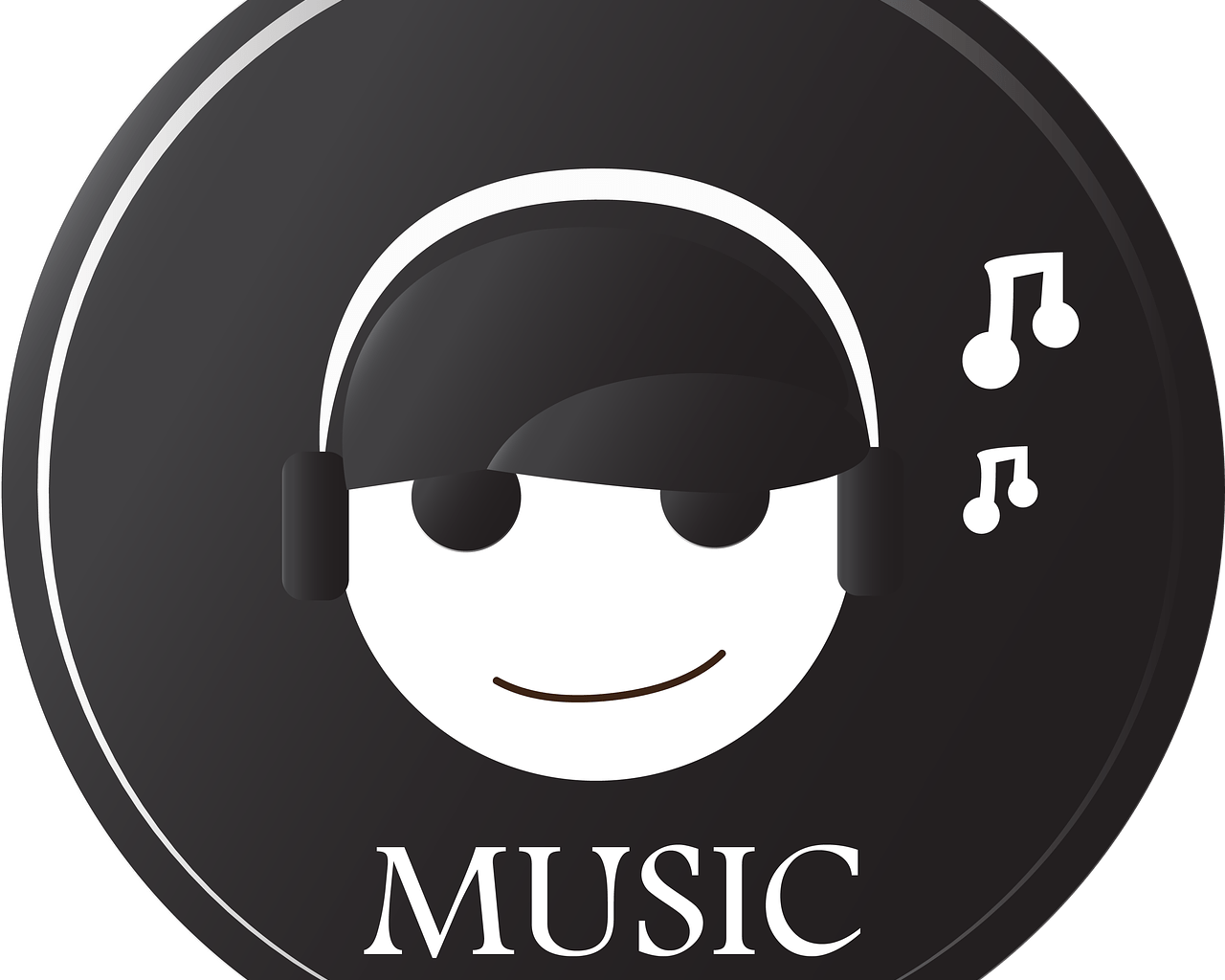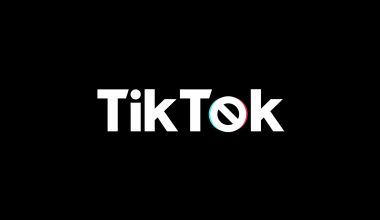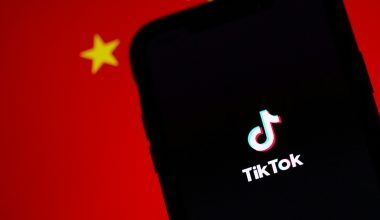If you’ve ever listened to your favorite music streaming app or browsed through CDs at a store, you’ve probably seen the bold black-and-white sticker: “Parental Advisory: Explicit Content.” This is the explicit music logo, a symbol that has become almost synonymous with certain music genres, particularly hip-hop, rock, and pop. But have you ever stopped to think about where it came from and why it’s so important? Let’s dive into the story of this iconic logo and explore its role in the music industry.
The Origin of the Explicit Music Logo
The explicit music logo didn’t appear out of nowhere. It was introduced in the 1980s by the Recording Industry Association of America (RIAA) as a response to growing concerns from parents and organizations about explicit lyrics in music. Artists were pushing boundaries, and some songs included content that many considered inappropriate for children. Instead of banning music outright, the industry decided to label it. This way, parents could make informed decisions about what their kids listened to.
Interestingly, the introduction of this logo wasn’t without controversy. Many artists and fans viewed it as censorship. They argued that labeling music in this way unfairly targeted certain genres and limited creative expression. Despite these concerns, the explicit music logo became a standard across the industry.
What Does the Explicit Music Logo Mean?
At its core, the explicit music logo is a warning. It tells listeners that the music contains explicit content, which could include strong language, references to violence, or themes of a sexual nature. It’s meant to act as a guide, especially for parents, to help them decide whether a song or album is suitable for younger audiences.
However, the meaning of this logo goes beyond a simple warning. For some artists, it’s a badge of honor. They see it as a symbol of authenticity and raw creativity. Fans often associate the logo with music that’s bold, real, and unfiltered. In many ways, it has become part of the culture surrounding certain genres.
Why the Explicit Music Logo Matters
The explicit music logo serves multiple purposes. For parents, it provides a level of control. They can check for the logo and decide whether to allow their kids to listen to a particular album or song. For music platforms, the logo helps them categorize content and offer parental controls.
But for artists, the logo is a double-edged sword. On one hand, it gives them the freedom to express themselves without worrying about hidden restrictions. On the other hand, having this label can sometimes limit their audience. For example, some radio stations and streaming services restrict explicit content, reducing the reach of such music.
The Controversy Around the Explicit Music Logo
Even decades after its introduction, the explicit music logo continues to spark debates. Critics argue that the logo unfairly stigmatizes certain genres, particularly hip-hop and rap. Historically, these genres have faced more scrutiny compared to others, even when similar themes appear in other types of music.
There’s also the question of whether the logo actually serves its purpose. Some argue that it has little effect on what people choose to listen to. In fact, for some listeners, seeing the logo makes the music more appealing. It’s like a sign that says, “This is the real deal.”
How the Explicit Music Logo Has Evolved
Over the years, the explicit music logo has undergone changes. Initially, it was more text-heavy, but it has since been streamlined into the black-and-white design we recognize today. With the rise of digital music, the logo has also made the jump from physical albums to streaming platforms. Now, you’ll see it next to song titles or album covers on apps like Spotify and Apple Music.
In addition, the guidelines for what counts as “explicit” have evolved. Societal norms change, and what was once considered shocking may now be seen as commonplace. This has led to ongoing discussions about how the explicit music logo is applied and whether it’s still relevant in its current form.
The Explicit Music Logo in the Digital Age
With the shift to digital music, the explicit music logo has taken on new dimensions. Streaming platforms have made it easier than ever to access music from around the world, but they’ve also introduced features like content filters and parental controls. The logo plays a crucial role in these systems, helping platforms categorize songs accurately.
For artists, this digital shift has brought new challenges and opportunities. On one hand, they can reach a global audience without needing a record deal. On the other hand, explicit content can limit their visibility on certain platforms or make their music harder to monetize.
How Listeners View the Explicit Music Logo
For many listeners, the explicit music logo is simply a part of the music landscape. Some ignore it altogether, while others actively seek out music with the label. In fact, for some fans, the logo is a sign that the artist isn’t holding back. It’s seen as a promise of authenticity and raw emotion.
However, not everyone views the logo positively. Some people feel that it’s unnecessary or outdated, especially in an era where explicit content is everywhere—from movies to social media. They argue that the logo no longer serves its original purpose and should be reevaluated.
The Future of the Explicit Music Logo
As the music industry continues to evolve, so too will the explicit music logo. With advancements in technology and changing cultural norms, the way we categorize and label music is likely to shift. Some predict that the logo could become less important over time, especially as listeners take more control over their music choices.
Others argue that the logo will always have a place in the industry. It provides a sense of order in an increasingly chaotic media landscape. Whether it’s a parent looking to protect their child or a fan searching for raw, unfiltered music, the logo serves a purpose that’s hard to ignore.
Conclusion
The explicit music is more than just a sticker or a digital marker. It’s a symbol of the music industry’s ongoing balancing act between creative freedom and social responsibility. While it may not please everyone, it has undoubtedly made its mark on the world of music. As we move forward, it will be fascinating to see how this small but powerful logo continues to shape our listening experiences.
For further reading, explore these related articles:
- Exploring the Best Free Music Distribution App for Independent Artists
- Comprehensive Breakdown of Music Distribution Costs for Artists
For additional resources on music marketing and distribution, visit Deliver My Tune.






